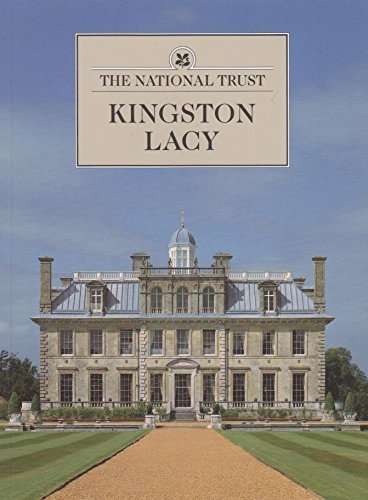
Kingston Lacy, Dorset - The National Trust
Check my rate
| Main centres: | 1-3 business days |
| Regional areas: | 3-4 business days |
| Remote areas: | 3-5 business days |

| Main centres: | 1-3 business days |
| Regional areas: | 3-4 business days |
| Remote areas: | 3-5 business days |
Published by National Trust, 1998, softcover, illustrated, index, 96 pages, condition: as new.
The passions and obsessions of William John Bankes shaped the Kingston Lacy we see today. Generations of the Bankes family contributed to the evolution of the estate, but it was William John who implemented some of the most fundamental changes. Find out how he set about re-imagining Kingston Lacy as a complete artwork; a treasure house of extraordinary art with interiors inspired by Venetian palaces. William John was a traveller, collector and talented draughtsman with an eye for beauty. When he inherited Kingston Lacy in 1834, he considered it an awkward hybrid. The renovations his father had made in the late 18th century were no longer in fashion. They had also altered the aesthetic of the original Restoration mansion that was built for the family after the destruction of their home at Corfe Castle during the Civil War. William John set about making some dramatic changes. He instructed the architect Sir Charles Barry (who was involved in the rebuilding of the Houses of Parliament) to remodel the house and clad the red-brick exterior in local Chilmark stone.
He also collected Kingston Lacys most important works of art. These include a group of Spanish paintings, displayed in a golden room setting, which he acquired while following the Duke of Wellingtons campaign in the Spanish Peninsular War (c.1812-14). In Egypt, William encountered the Philae obelisk, which was later transported to Kingston Lacy with the aid of Wellingtons gun carriage.